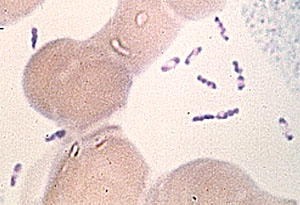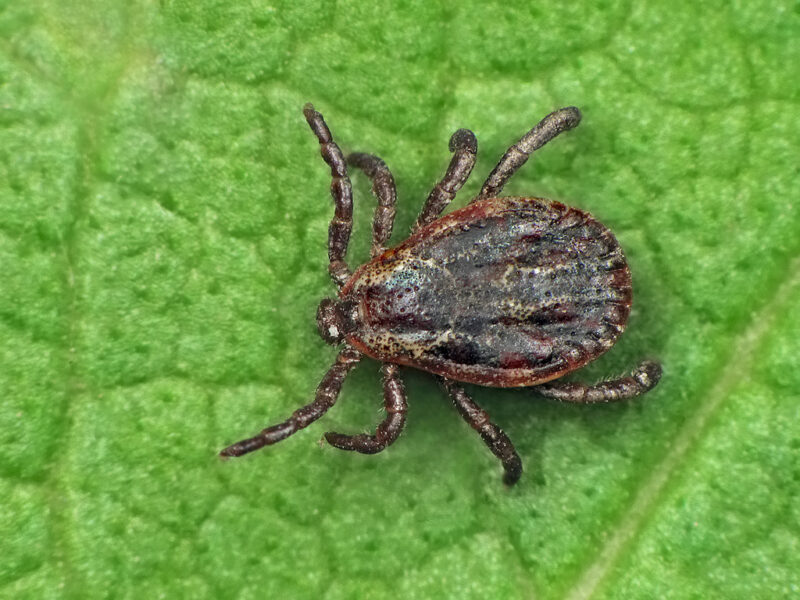On September 3, the WHO will officially declare the Compostela Valley province free of lymphatic filariasis (LF). Compostela Valley will be the first province in the Davao region of the Philippines to achieve this goal. The province joined the National Filariasis Program in 2007 and a recent evaluation of random blood samples show the province is now free of the disease.
Lymphatic filariasis is an infection caused by 1 of 3 possible species of nematode worms that form nests in the human lymphatic system. Infection can result in various clinical symptoms, such as fever or the hallmark severe swelling of extremities. While infection can be treated with drugs, the condition is incurable and patients usually suffer occasional symptomatic episodes. Even infected persons who are asymptomatic are likely to still suffer damage to the lymphatic system or kidneys. Worldwide, an estimated 120 million people are infected with LF, with a further 1.3 billion at risk, mostly living in South East Asia and parts of Africa.
In 1997, the WHO identified LF as “potentially eradicable” and launched the Global Alliance to Eliminate Lymphatic Filariasis in 2000. The eradication efforts focused on 2 main objectives: to control transmission through mass drug administration and to alleviate the suffering of those already infected. GlaxoSmithKline and Merck&Co. donated a supply of the 2 drugs used to prevent infection by the worms, and nearly 700 million people have received the yearly required dose through this program. Attempts to control morbidity and alleviate suffering have centered on education about using good hygiene to prevent flare-ups of the painful and debilitating swelling. According to the WHO, China and the Republic of Korea have been declared completely free of LF, while 79 of the 81 endemic countries have made some progress on eradication.

